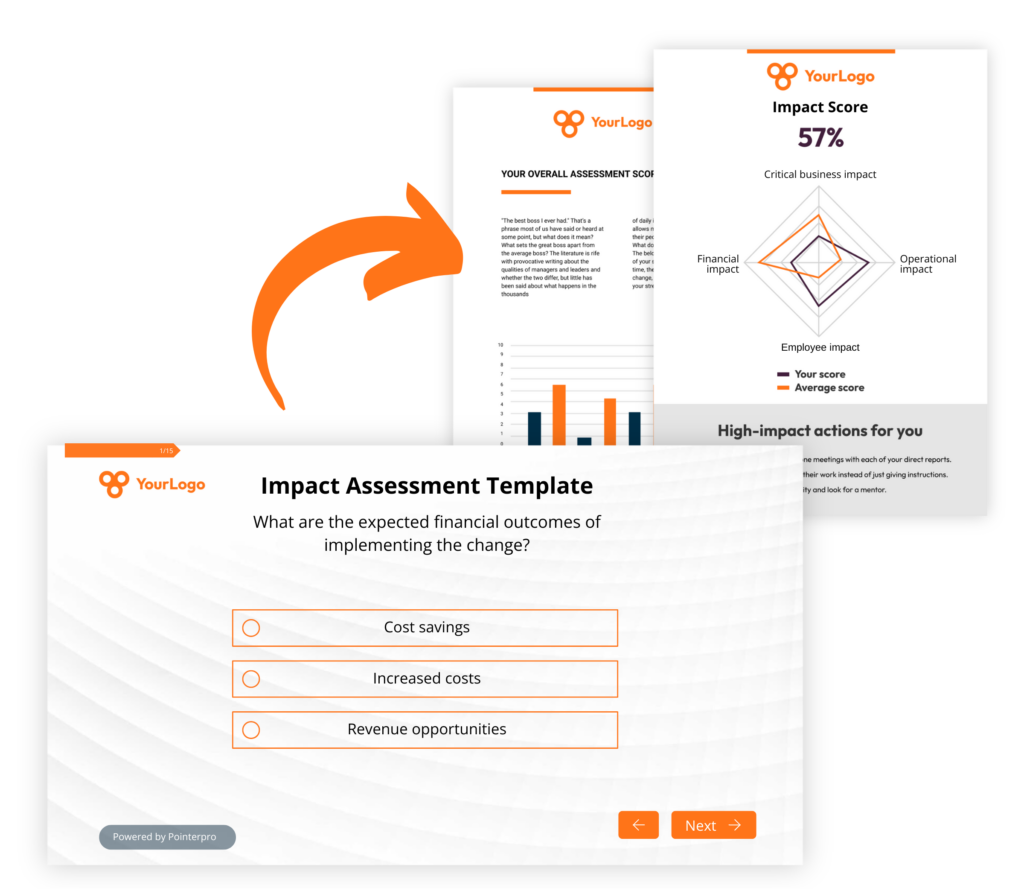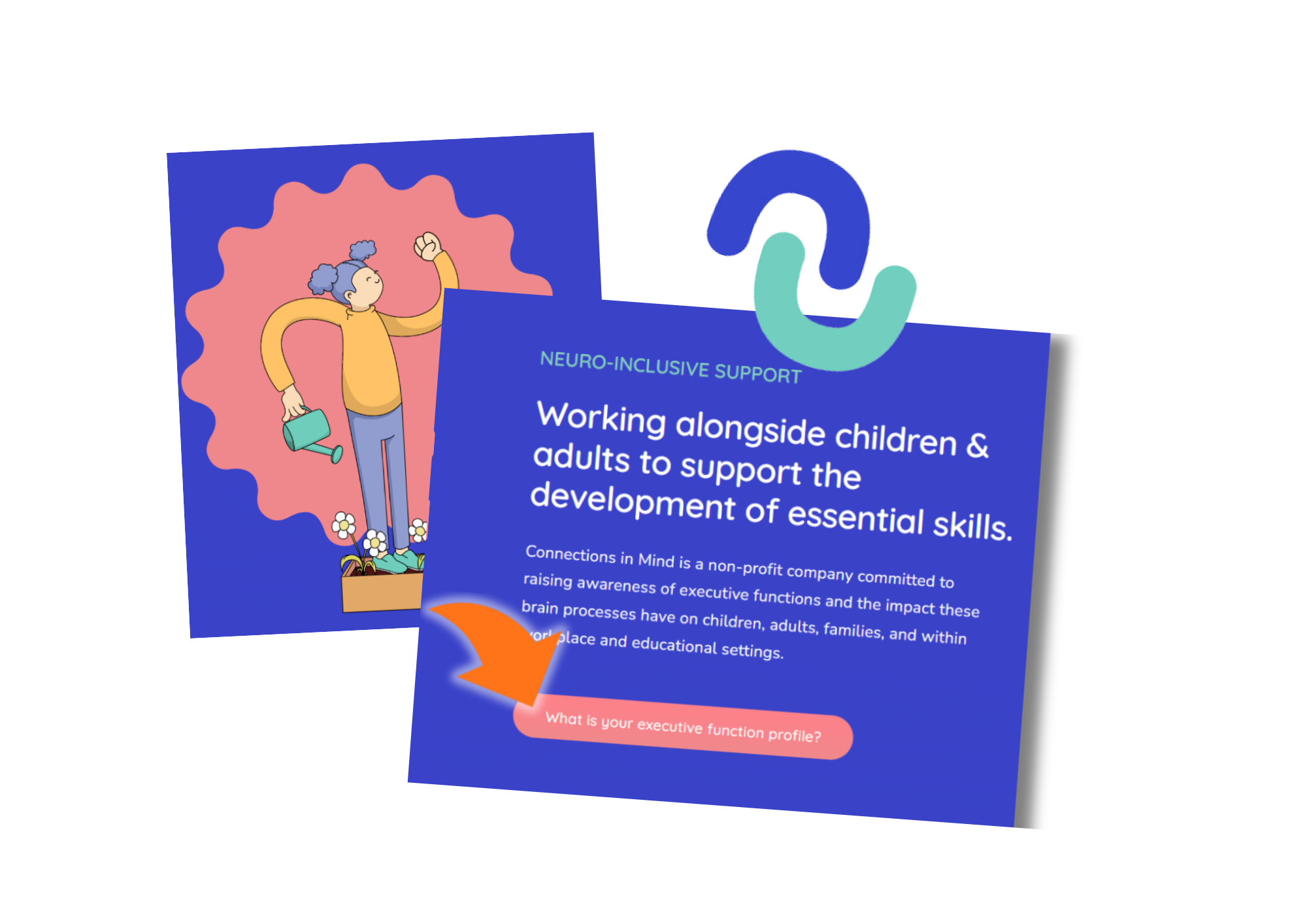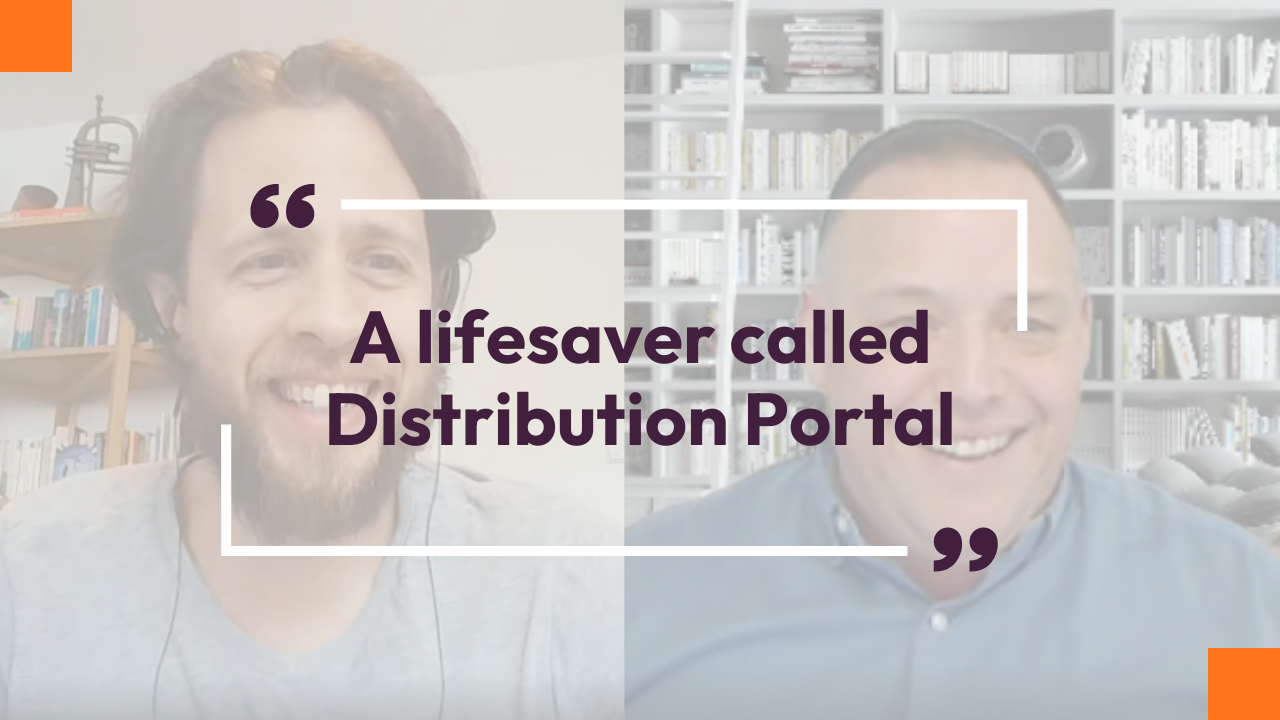Impact assessment template
When making business decisions, you can’t move forward in a serene manner without knowing the expected impact.
Tailor your impact assessment to any situation or stakeholder, and auto-generate personalized advice.
Pointerpro is the 2-in-1 software that combines assessment building with personalized PDF report generation.

From business impact analysis (BIA) framework to an impact assessment template
For any business to stand the test of time, it will have to deal with evolutions, events, and let’s face it… sheer disruptions. That’s why organizations and business consultants tend to apply some sort of business impact analysis framework.
A business impact analysis (BIA) framework is a potential tool to help companies understand what’s most important to keep their operations to keep running smoothly. It helps them identify critical functions and processes that are essential for their business. It also takes into account potential risks (potentially pre-assessed through a risk assessment).
To turn a business impact analysis framework into an actual tool, you need to transform it into a (digital) impact assessment template. In other words: You need to develop a questionnaire that allows you to automatically score and categorize responses. That way you get to a balanced analysis that attributes the appropriate weight to various components of your analysis. It’s much easier than it sounds. It basically comes down to what we call custom scoring – as explained in the video below:
From business impact analysis (BIA) framework to an impact assessment template
After looking into anything that could affect a business through an assessment, an impact analysis should result in a report (ideally in PDF format so everyone can access it). One that helps stakeholders to understand their business better. It’s like taking a snapshot of where things are right now and what’s really important to keep things running smoothly.
But it’s not just about spotting problems; it’s also about coming up with a game plan – often called a (business) continuity plan. This report is generally based on the aggregated results of different respondents of the same assessment – or on a combination of assessments for that matter (e.g., risk assessments, maturity assessments and impact assessments) It’s supposed to be a guidebook that tells high-level stakeholders what to do step by step to keep the business going strong.
That said, an impact assessment PDF report can also be tailored to individual respondents, focusing on what steps they can take individually to contribute to the continuity of the business.
3 reasons to use Pointerpro as an impact assessment tool
3 reasons to use Pointerpro as an impact assessment tool
Interactive user experience
With the Questionnaire Builder, you get to create an engaging feedback form. How? With numerous design and layout options, useful widgets, and countless question types.
Refined, score-based analysis
Our custom scoring engine helps you quantify and categorize diverse answers. The result? An objective and nuanced impact assessment that informs the next steps for anyone involved.
Automated feedback in PDF
Thanks to your setup in the Report Builder, respondents get a detailed individual report with personalized and objective feedback. Or you can aggregate results to give stakeholders the big picture.
1.500+ businesses worldwide build assessments with Pointerpro









How do you create a solid impact assessment template?
Every use-case of an impact assessment is different. So there’s no one-size-fits-all answer to this question. However, whatever the context, you could constitute an impact assessment template that takes into account the following:
- Key areas of an impact assessment
- Dimensions of impact
- Depth of impact
What are key areas of impact to assess?
“Business impact” is essentially an overarching term. It englobes anything that… well, impacts the business. The question is: What area of “the business” is affected or impacted?
When you develop an impact assessment you need to clearly define what area are relevant for the purpose of your assessment and which aren’t. Here are a few examples of areas that, generally speaking, tend to be relevant in most contexts:
- Critical business functions: Identifying and evaluating the essential activities and processes that are necessary for the organization's continued operation.
- Financial impact: Assessing the potential financial losses resulting from disruptions to critical business functions, including revenue loss, increased expenses, and financial liabilities.
- Operational impact: Examining how disruptions could affect day-to-day operations, such as production processes, service delivery, supply chain management, and customer service.
- Reputation and brand impact: Evaluating the potential impact of disruptions on the organization's reputation, brand image, and customer trust, which can influence customer loyalty and market competitiveness.
- Regulatory and legal compliance: Assessing the organization's ability to maintain compliance with relevant laws, regulations, and contractual obligations during and after disruptions.
- Employee well-being and safety: Considering the impact of disruptions on employee safety, well-being, and morale, including their ability to perform their roles effectively and access necessary support services.
Now, should you include all these areas in a single assessment? Maybe not. It depends on how deeply you want to assess each area. The deeper you want to dig, the more it makes sense to separate your impact assessment into area-specific sub-assessments – and then aggregate the different assessment results to come up with any group report that’s useful.
For example, your assessment might focus on the context of a potential business decision – say the decision to build new offices – and then assess through 3 assessments how that decision would impact the organization operationally, in terms of its employee well-being and who knows maybe even reputationally. An aggregate report would attribute the right, pre-defined weight to every question involved and based on that it would formulate the ultimate recommendation on whether to go through with the decision or not.
Dimensions of impact to categorize your assessment results
Assessments are of course always a matter of perspective. And it’s important to take that into account with an impact assessment as well.
For instance, we mentioned areas of impact could be on the level of an organization’s reputation or on the level of the well-being of its employees. Considering dimensions of impact here is what makes the assessment more nuanced. The easiest way to understand is by simply considering some potential dimensions:
- Temporal dimension: This dimension considers the timing and duration of the impact, including whether it is short-term or long-term, immediate or delayed, and its persistence over time. Employee well-being may for instance be impacted on the short term, because they need time to adapt. But in the mid to long term the negative impact may disappear and even become a positive one.
- Spatial dimension: This dimension examines where the impact is felt geographically, whether it is localized to specific regions, widespread, or global in scope. A reputational impact of a business decision could for instance be more negative in region X than in region Y.
- Demographic dimension: This dimension looks at things like age, education level, household size, etc. It can be very useful to gather this type of information - to identify whether the calculated impact is bigger for certain demographics than others. Always take into account GDPR and other privacy regulations when gathering this type of data.
The depth of impact to measure your assessment results
Different depth levels of impact refer to the extentof the consequences resulting from an event. These levels can vary depending on factors such as the nature of the event, its magnitude, and its duration. If you develop an impact assessment template, it’s useful to consider which levels to include in your assessment.
Here are a few examples of potential depth impact – that tend to be overlooked:
- Secondary impact: Secondary impacts occur as a result of the immediate consequences and may develop shortly after an event or the implementation of a decision. These impacts can include cascading effects, such as supply chain disruptions, infrastructure damage, or increased demand for emergency services.
- Long-term impact: Long-term impacts persist beyond the immediate aftermath of the event and can have lasting effects on individuals, communities, and systems. These impacts may include economic losses or changes in behavior or attitudes.
- Indirect impact: Indirect impacts are consequences that arise as a result of the event but are not directly caused by it. These impacts often include changes in market conditions, shifts in consumer behavior, or external policy that’s imposed as a result of an event or decision.
- Cumulative impact: Cumulative impacts result from the accumulation of multiple events or stressors over time. These impacts can exacerbate existing vulnerabilities or challenges and therefore lead to systemic failures.
- Interdependent impact: Interdependent impacts arise from dependencies and interconnections between different elements of a system or ecosystem. These impacts can propagate through networks and supply chains, leading to ripple effects and amplifying the overall impact of the event.
By considering different depth levels of impact, you better understand the complexity and magnitude of the consequences that result from an event or decision. It will better allow the organization to develop appropriate strategies.
Impact assessment example questions
Here are 50 impact assessment example questions divided into 5 categories
- 10 change impact assessment example questions
- 10 environmental impact assessment example questions
- 10 customer impact assessment example questions
- 10 project impact assessment example questions
- 10 privacy impact assessment example questions
10 change impact assessment example questions
- How well does the proposed change align with the organization's strategic objectives?
- What is the expected impact of the change on existing processes?
- How do stakeholders perceive the anticipated impact of the change?
- What are the expected financial outcomes of implementing the change?
- What are the anticipated effects of the change on employees?
- To what extent will training be required to support the change?
- What adjustments to technology systems are necessary to accommodate the change?
- What is the level of risk associated with implementing the change?
- How might the change influence the organization's culture?
- How robust is the plan for monitoring and evaluating the change's effectiveness?
To assess the impact of a proposed change, these impact assessment template questions cover areas such as strategic alignment, process impact, stakeholder considerations, and technology considerations. These questions aim to provide a comprehensive understanding of how the change will affect the organization and its stakeholders.
10 environmental impact assessment example questions
An environmental impact assessment (EIA) is a process used to identify and evaluate the potential environmental effects of a proposed project, development, or policy. It aims to ensure that decision-makers understand the potential consequences of their actions on the environment and incorporate measures to mitigate adverse effects.
The EIA process typically involves identifying environmental resources at risk, assessing potential impacts, identifying mitigation measures, and communicating findings to stakeholders. Here are 10 example questions:
- How might the proposed project affect air quality in the surrounding area?
- What are the potential impacts of the project on water resources, including rivers, lakes, and groundwater?
- How could the project affect soil quality and land use in the project area?
- What are the potential impacts of the project on local biodiversity and ecosystems?
- How might the project contribute to noise pollution in the vicinity?
- What risks does the project pose in terms of hazardous materials and waste management?
- How could the project impact natural habitats, such as wetlands or forests?
- What are the potential effects of the project on wildlife populations and migratory patterns?
- How might the project affect visual aesthetics and landscape character in the area?
- What measures are proposed to minimize or mitigate the project's environmental impacts during construction, operation, and decommissioning?
10 customer impact assessment example questions
A customer impact assessment (CIA) is a process used to identify and evaluate the potential effects of a proposed change, event, or action on customers and their interactions with the organization. It aims to understand how customers will be affected and to mitigate negative impacts while enhancing positive outcomes. Here are 10 customer impact assessment template questions:
- How will the proposed change impact customer satisfaction levels?
- What changes are expected in customer purchasing behavior as a result of the proposed action?
- How might the proposed change affect customer service levels and response times?
- What potential impact will the change have on customer retention rates?
- How will the proposed action influence customer perceptions of the organization's brand?
- What are the anticipated effects of the change on customer loyalty and advocacy?
- How might the proposed action affect customer complaints and feedback mechanisms?
- What measures are in place to ensure minimal disruption to customer operations or services during implementation?
- How will the proposed change impact the overall customer experience journey?
- What strategies are proposed to communicate the change effectively to customers and manage expectations?
10 project impact assessment example questions
A project impact assessment is a process used to identify and evaluate the potential effects of a proposed project on various stakeholders, resources, and environments. It aims to understand the project’s potential impacts and to develop strategies to mitigate negative effects while maximizing positive outcomes.
The following are 10 project impact template questions:
- How will the proposed project impact the local community, including residents and businesses?
- What are the anticipated effects of the project on natural resources, such as water, land, and wildlife?
- How might the project affect local infrastructure, transportation networks, and public services?
- What potential impact will the project have on cultural heritage sites or historical landmarks?
- How will the proposed project contribute to economic development and job creation in the region?
- What are the anticipated environmental effects of the project, including air and water quality, noise pollution, and waste management?
- How might the project influence property values and real estate markets in the area?
- What measures are in place to minimize disruption to local ecosystems and biodiversity during project implementation?
- How will the project impact the quality of life and well-being of local residents and stakeholders?
- What strategies are proposed to engage and collaborate with stakeholders throughout the project lifecycle, including consultation and feedback mechanisms?
What Pointerpro clients are saying




Is your impact assessment lengthy? Questionnaire logic to the rescue.
Impact assessments often become lengthy due to the complexity of the factors being analyzed and the multitude of variables involved. As a result, impact assessments can become unwieldy and difficult to navigate for respondents. This could cause a low response rate which you probably want to avoid.
Integrating questionnaire logic (also known as “survey logic”) can significantly improve the flow of the assessment by structuring questions in a logical sequence that corresponds to the respondent’s previous answers or specific characteristics. Pointerpro team member Stacy explains the basics of it in the video below.
By tailoring the questionnaire dynamically based on previous responses, redundant questions can be eliminated, and respondents are guided through a more coherent and efficient assessment process.
This not only saves time and reduces respondent burden. It also ensures that the assessment collects relevant data that are necessary for a comprehensive analysis. This is what will ultimately lead to more informed decision-making and positive outcomes.
Tip: By the way, some business consultants continue to always interview customers in-person to do their impact assessments, because they want to be in touch with the human stakeholders. It’s great to keep that personal touch, and it doesn’t even have to exclude time-efficiency. Why not simply use your impact assessment questionnaire as a type meeting minutes template, and let the questionnaire logic help you steer the interview?
Key components of your impact assessment PDF report
Converting collected response data into an impact assessment PDF report is crucial for effectively communicating findings, insights, and recommendations to stakeholders and decision-makers.
A well-structured report provides a comprehensive overview of the assessment process, its objectives, methodologies, and key findings. It serves as a tool for transparency, accountability, and informed decision-making.
Some useful key components to consider for such a report, if you ask us?
- An executive summary summarizing the main findings and recommendations
- An introduction outlining the purpose and scope of the assessment
- A methodology section detailing data collection and analysis methods
- Results presenting the findings and their implications with the help of visual charts
- Discussion exploring the significance of the findings
- Conclusions offering actionable next steps.
With Pointerpro’s combination of a Questionnaire Builder and Report Builder, the entire process is automated and customized.
You collect the data from respondents through the questionnaire of your assessment. You also build an impact assessment PDF report template (or several templates, depending on who your stakeholders are). That way a tailor made report becomes instantly available, each time a respondent finishes an assessment.
Create your first impact assessment today
You may also be interested in
Recommended reading

How Connections In Mind benefits the community interest through a digital mindset and a longitudinal assessment
The fact that communities benefit from diversity should not be news to anybody. One type of diversity you may not

Vlerick Business School digitalizes entrepreneurship development with Pointerpro [case study]
What do a top-tier international business school based in the capital of Europe and Pointerpro have in common? At the

Attain Global: How to do psychometric tests right and build a cutting-edge international business [case study]
In many countries worldwide, the pursuit of skillful and engaged employees is not so much a war on talent as


